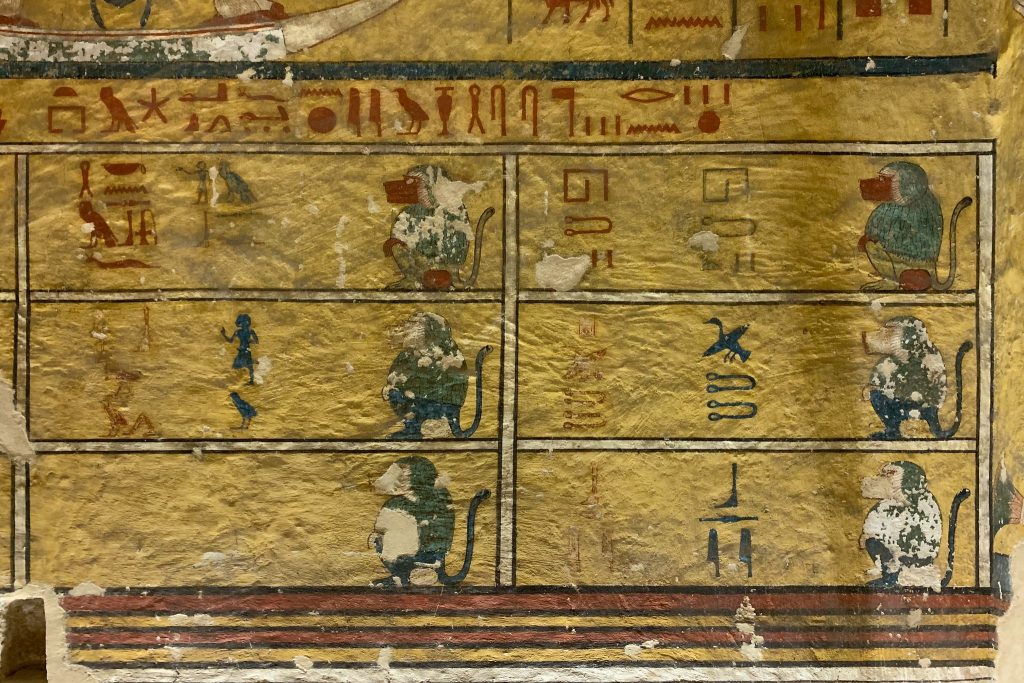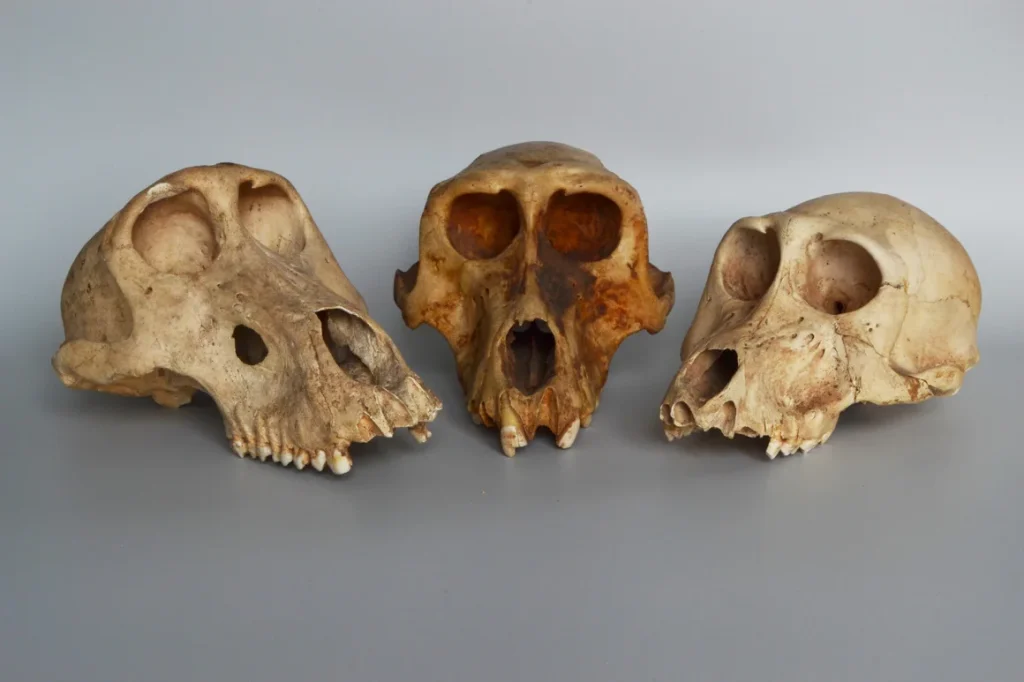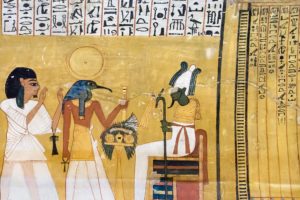Valley of the Monkeys
Secrets of Ancient Egypt's Sacred, Mummified Baboons
The Valley of the Monkeys, also referred to as the Western Valley, is part of the Theban Necropolis located in Luxor, Egypt. It is situated next to the Valley of the Kings on the west bank of the Nile River. The name “Valley of the Monkeys” originates from the depictions of baboons found in several tombs within this area.
In 1905, archaeologists found a mummified baboon in Egypt’s Valley of the Monkeys, near Luxor. This baboon was not buried with nobility, nor was it in a grand tomb or a mass animal burial site. Oddly, it also lacked its large canine teeth. For over a century, no one understood why this baboon was in ancient Egypt or its origin.
Now, researchers may have answers
A research team led by Gisela Kopp, a biologist at the University of Konstanz in Germany, used new methods to analyze ancient DNA. They successfully extracted genetic material from one of these mummified baboons. This is the first time that DNA from a non-human primate mummy has been analyzed, marking a significant breakthrough in the examination of ancient animals.
Their findings, published in the journal eLife, provide new insights into how baboons were integrated into Egypt’s religious and economic life. This research may also help solve the long-standing mystery of the lost land of Punt.
Luxor Tours & Activities
Looking to save some costs on your travel? Why not join a shared group tour to explore Luxor, Egypt? Here are some activities you might be interested in:

From Eritrea to Egypt: Tracing the Baboon’s Roots
A DNA analysis revealed that a baboon mummy, dated to between 800 and 500 BCE, likely originated from the Horn of Africa, specifically the coastal area of what is now Eritrea. Researchers found that its genetic material closely matches modern baboon populations near the ancient port city of Adulis, a busy trade center in the first millennium BCE.
This baboon arrived in Egypt before Adulis became a significant port. This timing supports an older idea that Punt, Egypt’s famous trading partner, depicted as a lush, distant land filled with exotic goods, might have been located in the same area, possibly Adulis, under a different name.

Why Did the Egyptians Want Baboons?
To the ancient Egyptians, baboons were more than just animals; they were sacred.
Anthropologist Nathaniel Dominy from Dartmouth College, who co-authored a study, explains that baboons often appear in Egyptian art with their arms raised, as if they are worshiping the sun. This pose symbolizes their belief that baboons honored the sun god Ra at dawn. They also viewed baboons as earthly representations of Thoth, the moon god connected to wisdom and writing.
This deep respect likely explains why Egyptians brought baboons from far away, raised them, and eventually mummified them.
However, there is a darker aspect to this story. One baboon mummy was found without its strong canine teeth, which could break human bone. Dominy suggests that these teeth were probably removed early in the baboon’s life as a safety measure. Evidence from the skull shows that new bone had started to grow over the spots where the teeth were taken out, indicating this happened while the animal was still alive.

What We Still Don’t Know
Even though this is an important finding, we still have many unanswered questions. We don’t know how baboons got to Egypt, how they were raised, or the specific rituals used during their mummification.
The successful DNA analysis of this mummy is a big step forward. It helps us trace ancient trade routes in Egypt and shows how early trade, religion, and biology are connected in ways we are just starting to understand.
As Kopp explains, these discoveries are like pieces of a large jigsaw puzzle. “Every fragment,” she says, “helps us better understand the world of the ancient Egyptians and how they viewed the animals around them.”
Did you know that
By purchasing through our links, you support us at no additional cost.
Thank you for your support. ♥️






